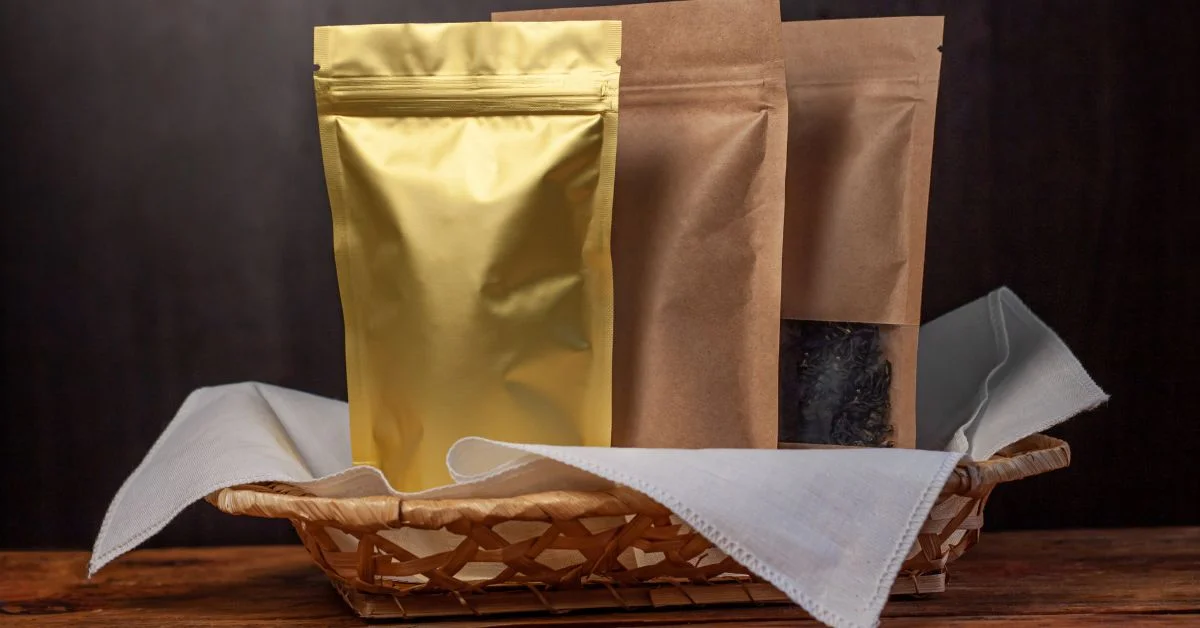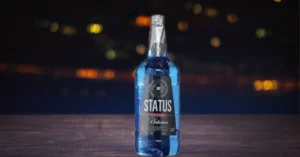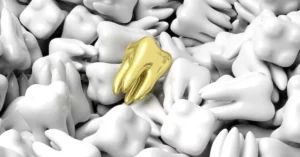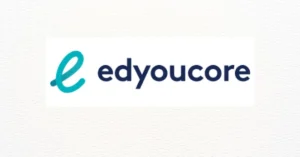In a world increasingly driven by convenience, efficiency, and sustainability, packaging technology is evolving rapidly. One innovation gaining significant traction across industries—from food and pharmaceuticals to cosmetics and industrial products—is the flow pouch. Known for their sleek appearance, minimal material usage, and customizable nature, flow pouches are a type of flexible packaging that balances consumer appeal with logistical practicality.
So, what exactly are flow pouches? How do they differ from traditional packaging forms? And why are so many industries moving toward their adoption?
In this article, we take a deep, analytical dive into flow pouches—exploring their construction, functionality, applications, market relevance, and future potential. Designed to inform readers who are either evaluating packaging options or curious about modern production technologies, this is a comprehensive resource grounded in real-world usability.
What Are Flow Pouches?
Flow pouches, often produced through a process known as flow wrapping, are flexible packaging formats made by wrapping a product in a continuous film that is sealed along the length and width. The result is a pillow-like, rectangular pouch that can be heat-sealed or pressure-sealed, depending on the material and application.
They are widely used in consumer packaged goods (CPG) industries due to their:
- Cost-effectiveness
- Material efficiency
- High-speed production compatibility
- Extended shelf-life capabilities
The packaging format is particularly recognizable in snack bars, candies, baked goods, medical items, and even wet wipes. With advances in materials and machine technology, flow- pouches are increasingly used for liquids, powders, and non-food items as well.
How Flow Pouches Are Made: A Look Into the Process
Flow pouches are created using flow wrapping machines, which can be horizontal or vertical:
1. Horizontal Flow Wrapping (HFFS)
- Product is placed on a conveyor belt
- Film is wrapped around it lengthwise
- A fin or lap seal is created at the bottom
- End seals are applied as the product moves forward
2. Vertical Form-Fill-Seal (VFFS)
- Pouch is formed from a roll of film
- Product is dropped in vertically
- Seals are made on the top, bottom, and back
The type of flow pouch used depends largely on the product’s physical characteristics, production environment, and desired shelf life.
Material Composition
Most flow- pouches are made from:
- Polypropylene (PP)
- Polyethylene (PE)
- PET laminated films
- Biodegradable or compostable films (increasingly used)
Barrier properties are essential. Materials may be coated or layered to resist:
- Moisture
- Oxygen
- UV light
- Odor penetration
Types of Flow Pouches
Flow- pouches come in various structural forms, depending on application:
1. Pillow Pouch
- Sealed on three sides
- Common in snacks and confectionery
2. Stick Packs
- Narrow, tubular design
- Ideal for powders and small doses
3. Sachets
- Flat, rectangular packets
- Used for single-use liquids or creams
4. Reclosable Pouches
- Feature zippers or sliders
- Used for premium products needing repeat access
Applications Across Industries
Flow pouches are extraordinarily versatile, finding use in multiple sectors.
1. Food and Beverage
- Cereal bars, chocolate, chewing gum
- Coffee sachets and single-serve drink powders
- Ready-to-eat meals with long shelf life
2. Pharmaceuticals and Healthcare
- Unit-dose medications
- Medical swabs and alcohol pads
- Supplements in powder or tablet form
3. Personal Care and Cosmetics
- Wet wipes, makeup removers
- Sample packs for lotions or gels
4. Industrial and Chemical Products
- Fertilizer samples
- Lubricants and adhesives
- Cleaning agents
Flow pouches provide not only a protective barrier but also the branding surface area necessary for regulatory and marketing information.
Advantages of Using Flow Pouches
The rise in flow pouch usage is not accidental. Their benefits are both technical and strategic.
1. Lightweight and Compact
Reduces shipping and storage costs significantly.
2. Efficient Production
Flow wrapping machines can operate at high speeds, improving throughput.
3. Shelf Appeal
Smooth surfaces and customizable shapes make pouches highly brandable.
4. Sustainability
Less material is used compared to rigid packaging, and recyclable or compostable films are increasingly available.
5. Versatility
Can handle solids, liquids, powders, and gels.
Challenges and Limitations
No packaging format is without drawbacks. Flow- pouches do face some limitations:
1. Recycling Complexities
Multi-layer films often require specific recycling streams or disassembly.
2. Mechanical Integrity
Pouches can be punctured more easily than rigid containers during transit.
3. Barrier Limitations
Unless specialized films are used, barrier properties can degrade over time.
4. Machine Sensitivity
Proper alignment, tension, and temperature control are critical. Poor setup leads to waste and inefficiencies.
Sustainability in Focus: Are Flow Pouches Environmentally Friendly?
The sustainability of flow pouches is improving but remains nuanced.
Current Gains
- Reduction in material use compared to traditional cartons or bottles
- Lower energy usage in production
- Smaller carbon footprint in transport
Emerging Innovations
- Mono-material films that are fully recyclable
- Compostable bioplastics derived from starch or sugarcane
- Smart packaging with embedded QR codes for recycling instructions
Major companies are investing in R&D to make flow pouches compatible with circular economy principles.
Smart Packaging Meets Flow Pouches
Technology is adding new layers of functionality to flow pouches:
1. QR Codes & Augmented Reality
- Provide detailed product info, recipes, or promotions
- Enhance user engagement
2. Embedded Sensors
- Track temperature or tampering during logistics
3. Blockchain Traceability
- Flow pouches are part of supply chains where product integrity and provenance are essential—especially in pharmaceuticals or food
These smart solutions turn simple packaging into interactive product experiences.
Future Trends and Market Outlook
According to recent packaging trends, the global flexible packaging market, with flow pouches at the center, is set to grow significantly due to:
- Rising demand for on-the-go convenience
- Consumer preference for portion-controlled products
- E-commerce requiring durable yet lightweight packaging
Future flow pouch trends will likely include:
- All-paper barrier pouches replacing plastics
- AI-driven production optimization
- Hyper-personalized packaging via digital printing
Conclusion
Flow pouches are more than a packaging format—they are a convergence of material science, engineering, and consumer psychology. Lightweight, versatile, and increasingly sustainable, they are fast becoming the standard across sectors that value cost-efficiency, brand visibility, and logistical simplicity.
As technology evolves and environmental regulations tighten, flow pouches will adapt to meet new demands—from compostable materials to embedded smart tech. For brands, manufacturers, and even consumers, understanding flow pouches today means being prepared for the packaging solutions of tomorrow.
If you are in the business of consumer goods or industrial distribution, now is the time to re-evaluate your packaging strategy—and flow pouches may offer exactly the flexibility, efficiency, and innovation you need.
FAQs
1. What is a flow pouch, and how does it work?
A flow pouch is a type of flexible packaging created by wrapping a product in film using horizontal or vertical flow wrapping. The result is a sealed, lightweight pouch ideal for a variety of products.
2. Are flow pouches recyclable or sustainable?
Many flow pouches are made from multi-layer films that are not yet curbside recyclable. However, mono-material and compostable options are emerging, improving sustainability.
3. What industries use flow pouches the most?
Flow pouches are popular in food, healthcare, cosmetics, and industrial sectors due to their adaptability, protective qualities, and branding opportunities.
4. How are flow pouches different from other flexible packaging?
Flow pouches are specifically produced using flow wrap machines and often have fin or lap seals. They are highly efficient for high-speed production environments.
5. Can flow pouches be customized for small businesses?
Yes. Advances in digital printing and modular production lines have made it easier and more affordable for small brands to use customized flow pouch packaging.
For more information, click here.









